Hardware: Embracing Digital
By MYBRANDBOOK
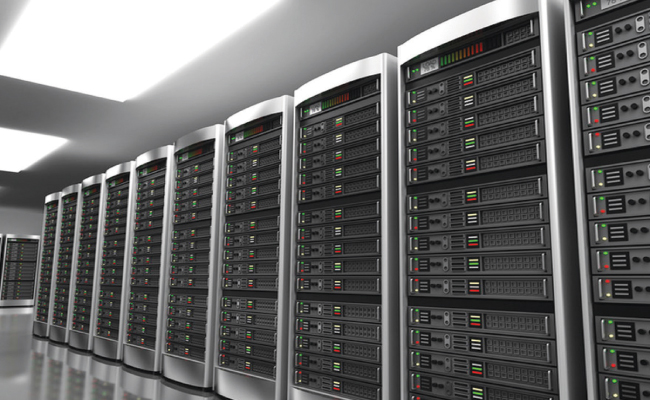
Digitization is the prime mover for PC, external storage, server and printer market in India
India is moving towards digital economy swiftly thanks to Prime Minister Narendra Modi’s Digital India and Demonetization drive in 2016. Both Digitization and Demonetization has driven India’s hardware market in a big way.
PC Market
According to International Data Corporation (IDC), the overall India PC market for 2016 stood at 8.58 million units i.e. a year on year drop of 15.2 percent over 2015. However, outside special projects the overall India PC market witnessed a year on year drop of 7.5 percent in 2016.
The overall market declined initially owing to reduced consumer demand and high inventory in H1 2016. However, PC sales recovered starting June owing to strong consumer sentiment backed by seasonality and increase festive demand.
The consumer PC market recorded 4.22 million units in 2016, with a year on year decline of 12.9 percent over 2015.
According to Manish Yadav, Associate Research Manager, Client Devices, IDC India, “With high inflation and ongoing fiscal consolidation, consumer sentiment remained frail until H1 2016. However, with subsiding inflation and benefit from the Pay Commission, continued low commodity prices and measures announced in the Union Budget to transform the rural sector created just the right buzz for PC purchase in 2016.”
The overall commercial PC market recorded 4.35 million units in 2016, with a year on year drop of 17.4 percent over 2015.
“Barring fulfilment of limited large education projects, the year witnessed muted investment and delayed spending from government segment in H2 of 2016. Enterprises consumption had been the mainstay in holding up the aggregate demand during the same period,” said Yadav.
HP Inc. was the leader and the company recorded a market share of 28.4 percent in the overall India PC market in 2016. HP Inc. took the top spot with 3 percentage point growth over 2015. The vendor continues to dominate the consumer PC business with 26.8 percent market share for the third year in a row. HP Inc. has recreated its brand in India PC market with strong product placement and aggressive marketing campaigns supported by new innovative products like Spectre. The vendor also led the commercial category with the execution of special projects and strong hold in enterprise vertical as well.
Dell has recorded an overall market share of 23.3 percent in overall India PC market in 2016 and took the second spot. The vendor continues its investment in expanding channel strength and remained focused on addressing new opportunities in segments like government and education. Owing to which Dell gained around 4.9 percentage point growth year on year to record 24.5 percent market share in 2016 in the overall commercial category against 2015.
Lenovo held on to the third spot, with an overall market share of 17.6 percent in 2016. The vendor declined by 5.8 percentage point in 2016 over 2015 in the overall India PC market. With changes around GTM strategies and internal structure, the vendor’s consumer business did observe a drop of 2.5 percentage points year on year in 2016, further the drop was aided owing to lack of special project execution against 2015. However, market believes Lenovo will bounce back in 2017 by leveraging its improved marketing strategies and channel strength backed by innovative product line-up.
PC Market Forecast: On short term, positive consumer spending is leading to healthy sell out and expected to build a strong base for H1 2017; unlike 2016 which was badly hit owing to sluggish consumer demand from start of the year.
The increased adoption of digital transaction and affordable PCs; consumer PC market is setting up for a revival in 2017. Further the commercial market is anticipated to observe execution of state owned education projects across different states in 2017 and the incremental spending from BFSI and government verticals will further strengthen the overall category growth.
External Storage Market
Banking, professional services, manufacturing and government continued to be the key contributors for India external storage market in 2016. Large banking refresh deals drove the storage market and expecting increased spending from banking on analytics and UPI platforms. In addition to the major verticals, significant growth is witnessed in verticals such as securities, transportation, education and insurance which drove incremental storage revenues.
Telecommunication vertical witnessed a sharp decline but this market is expected to grow in 2017 due to expansion projects pertaining to 4G rollouts by all major Indian operators like Reliance Jio, Bharti Airtel, Vodafone and Idea Cellular.
Midrange external storage segment continued to lead the market with more than 50% market share. Increased market acceptance of new technologies such as hyper converged infrastructure might cannibalize traditional mid-range storage business in the near future. High-end storage segment witnessed a significant quarter on quarter growth as compared to other segments due to large refresh deals from banking and telecom verticals.
The adoption of cloud storage/cloud back-up/DR as a service, etc. are adversely impacting the traditional storage business. This trend has created a new buyer segment – third party datacenters that is expected to grow. Third party datacenter organizations have a better negotiation power than SMB units and hence a significant price based competition is due in future.
Availability of enterprise class features in midrange storage systems is propelling the growth for midrange storage arrays. Also due to increased cloud adoption, the entry level storage market from SMB units is getting shifted to third party datacenters. However, third party datacenters are preferring midrange storage over entry level systems to serve the SMB customers as well due to increased capacities and features.
Witnessed significant year on year growth of All Flash Arrays (AFA) due to uptake from banking, IT/ITeS and manufacturing verticals. Organizations are willing to pay a little extra to avail best in class performance, so opting flash storage technologies like never before. All Flash arrays have gained momentum for workloads like OLTP (online transaction processing), business intelligence, billing, virtual desktop infrastructure, database etc. The demand for both capacity and performance with a single box is addressed by Hybrid Flash arrays.
Increased demand for optimization technologies like virtualization, de-duplication, automatic tiering, compression and thin provisioning across organizations is being seen. There are several proof of concepts running around software defined storage and hyper converged infrastructure as well. This clearly indicates the demand for new optimization technologies in the market.
With the increased acceptance of SMAC technologies across organizations, storage demands from end-customers are changing to accommodate these new age workloads. Increasing demand for cloud storage as a service is clearly visible in the market. This trend would drive additional storage demand from 3rd party datacenter players and cloud providers however these players started considering component manufactures or white-box players.
EMC continued to lead the market with market share of 27% followed by HPE with market share of 19%. IBM was at No. 3 with market share of 10 per cent, followed by Dell and NetApp at 10 per cent each and HDS at 9 per cent.
The external enterprise storage systems market is expected to grow in single digit in terms of CAGR for 2015–2021 time-period. Banking and government sectors are expected to drive huge storage demand in the coming quarters. Government initiatives around digitalization, smart cities, make in India, e-governance projects are expected to drive the storage demand in the near future.
Technologies like Software-Defined Storage and Hyper Converged Infrastructure are expected to cannibalize traditional external storage market and is expected to have a large impact in the next couple of years. Surveillance is expected to be the key contributor for the storage market growth as this is bound to increase in years to come due to smart cities as well as safe city concept to be driven by state governments.
Server Market
The server market in India is around 143,552 units in 2016. Enterprise initiative towards digital transformation, analytics, cloud, BI and datacenter consolidation are the key trend observed in Indian server market. Pricing and tailor made solutions has become crucial for the vendors as they are frequently challenged by ODM’s and white box players. Amidst of all these industry concerns, ERP upgradation in manufacturing and tech refreshes in banking were the major contributors for server market demand.
Banking, manufacturing, e-commerce and telecommunication verticals were the major contributors to the non-x86 market. Banking and Communications & Media verticals were the major contributors due to several bank refreshes and continued investments from telecom providers.
Continued investments from telecom service providers towards 4G deployments, piece-meal investments from local hosting providers and periodic banking refreshes primarily contributed to the demand. The onset of digitization drives across multiple verticals and cities is the key driving factor. Multiple ongoing smart cities initiatives and surveillance projects further propelled compute demand nationwide.
In India x86 market, HPE maintained its leading position with 36 per cent market share in terms of unit shipment, followed by Dell with a market share of 25 per cent. Lenovo was at third position with 11 per cent followed by Cisco at 6 per cent.
The government led digitization initiatives are expected to pick pace and would continue in 2017. SAP HANA opportunities, investments in HPC and DR implementations would pull the market further in 2017. Investments from global cloud service providers and a few e-commerce players is expected to drive notable compute demand. Digital India projects across multiple states remain in the pipeline, with further investments expected in the near future.
Printer Market
The HCP market in India has shipped more than 30 lakh units in 2016.
In 2016, HP Inc. managed to achieve 44 percent shipment share, followed by Epson at 21 percent, Canon at 19 per cent, Samsung and Brother at 4 per cent each.
Inkjet HCP Market: Inkjet HCP market witnessed a sequential decline of 13.7 percent in Q1 2016 due to low consumer demand and high inventory. In Q4, HCP inkjet market was impacted by demonetization.
All the vendors faced inventory issues during the start of the quarter but the second half witnessed new campaigns and marketing activities that are expected to pave the recovery path in the coming quarters. The inkjet market is expected to be dominated by ink tank printers as vendors push their printers with aggressive marketing campaigns.
Laser HCP (Printer-Based) Market: In the Laser segment, printer-based Laser HCP market grew by 5 percent in terms of unit shipments in Q1 2016 as compared to Q4 2015. Financial year ending pushed many corporates and enterprises to exhaust their budget which supported the Laser market growth. The surge in Medium and Large Enterprises business was the prime reason for the growth and it was also supported by the stable channel business.
Market declined by 14.5 percent quarter-on-quarter in terms of unit shipments in Q2 2016. After a good Q1, the market was soft in Q2 2016 due to low government and corporate buying. Market declined by 11.6 percent quarter-on-quarter in terms of unit shipments in Q4 2016.
HP Inc. continued to be the market leader followed by Canon and Samsung at the second and third position respectively.
Laser HCP (Copier-Based) Market: In the copier-based Laser HCP, the market witnessed sequential growth of 31.5 percent in Q1 2016. Q1 traditionally remains strong for Copier market and the trend continued this year as well. This was primarily due to strong Enterprise buying but demand from the government segment was weak this time.
Q2 is usually a soft quarter for copier market, but it did perform well due to some deals in the government sector. There was a sequential dip of 33.3 per cent but the market performed better than expected.
There was a sequential dip of 16.1 percent and Q4 2016 was soft due to demonetization affecting the jobbers segment and low government spending.
Canon managed to hold on to No.1 spot followed by Konica Minolta at 2nd position, followed by Ricoh and Kyocera Document Solutions.
Ink tank printers are being preferred over laser sometimes and is considered as a better option than an entry level laser printer. The laser copier market is expected to do well in the coming quarters, due to the digitization initiatives by the government originating the demand for copiers. Tier 3 and 4 cities are the next target areas for the print vendors. The MPS business is gaining momentum as the offering is able to attract the large enterprises.
In the Inkjet market, there is a shift towards the CISS (Continuous Ink Supply System) printers, which are more efficient and offer lower per page printing cost to the end users. In the laser segment, demand for the higher speed products is increasing as Medium and Large Enterprises are looking not just for the hardware but the overall solution.
Due to demonetization consumer purchase was affected in Q4 while deals from government and corporates were also put on hold because of which, the overall HCP market witnessed low numbers. However, the consumer sentiment remains good and going forward the demand is expected to pick up in coming quarters with impact of demonetization subsiding in India.

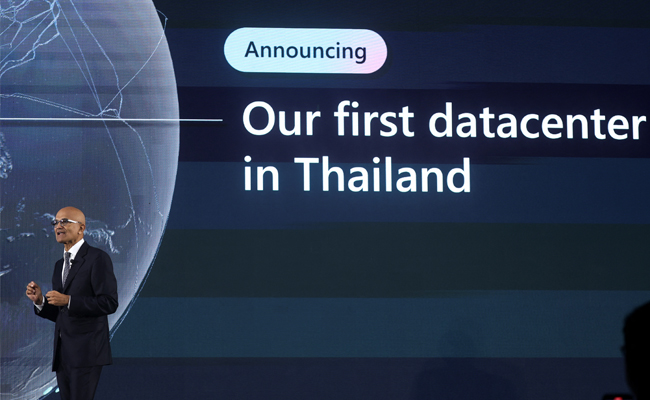
Microsoft to build a new data centre to support Thailand's tec
Microsoft has revealed intentions to construct a regional data centre as w...

SAP launches cloud services to help Indian scaleups innovate m
SAP at SAP unveils now "GROW with SAP for Scaleups," a new cloud service d...
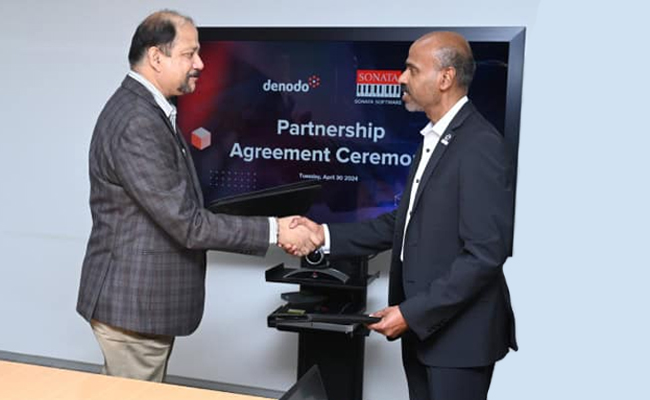
Denodo and Sonata form alliance to unlock data-to-value creati
Denodo and Sonata Information Technology India Limited (SITL) have annou...

Google Play Store will now let users download two apps simulta
Google Play Store now lets users download two apps simultaneously. While a...

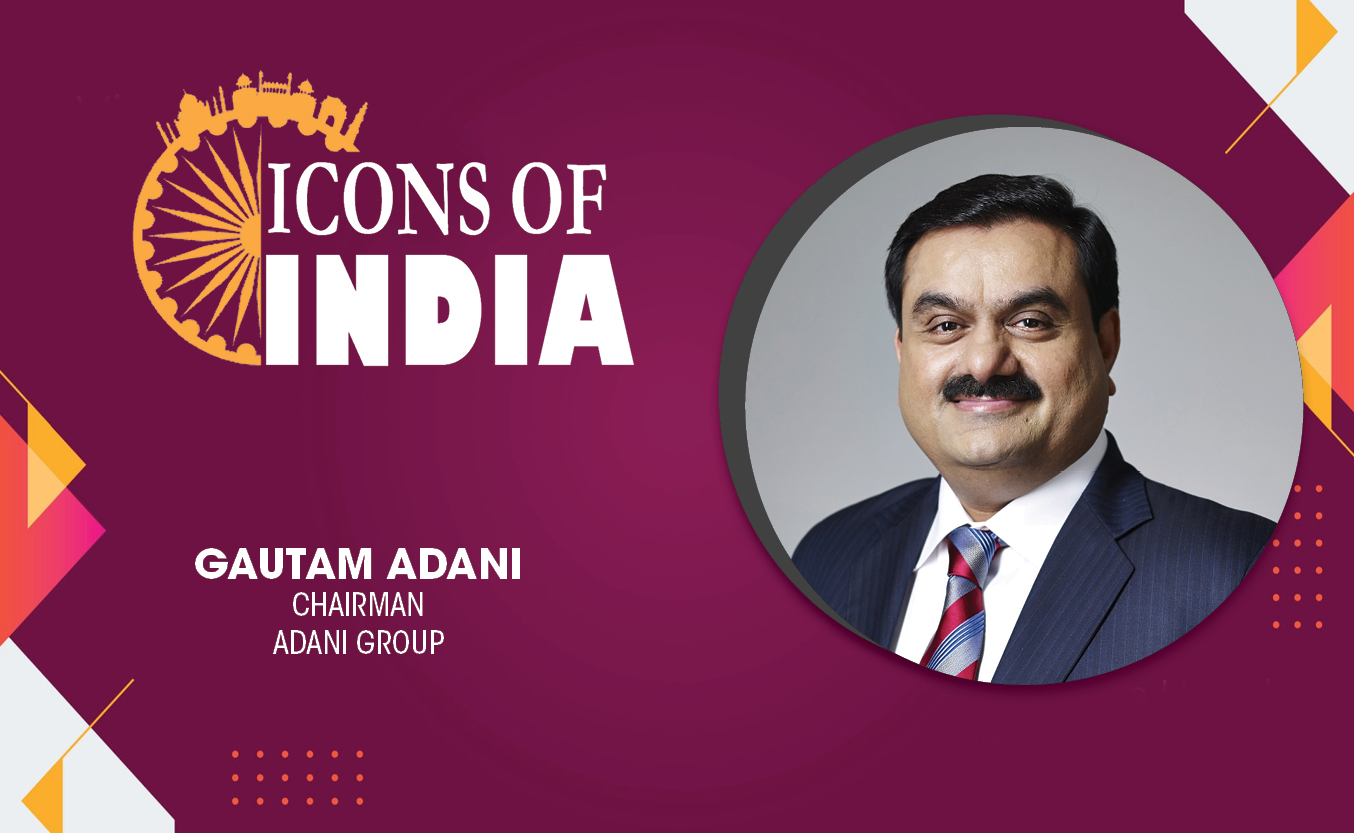
Technology Icons Of India 2023: Gautam Adani
Gautam Adani is the Founder and the Chairman of the Adani Group, an In...
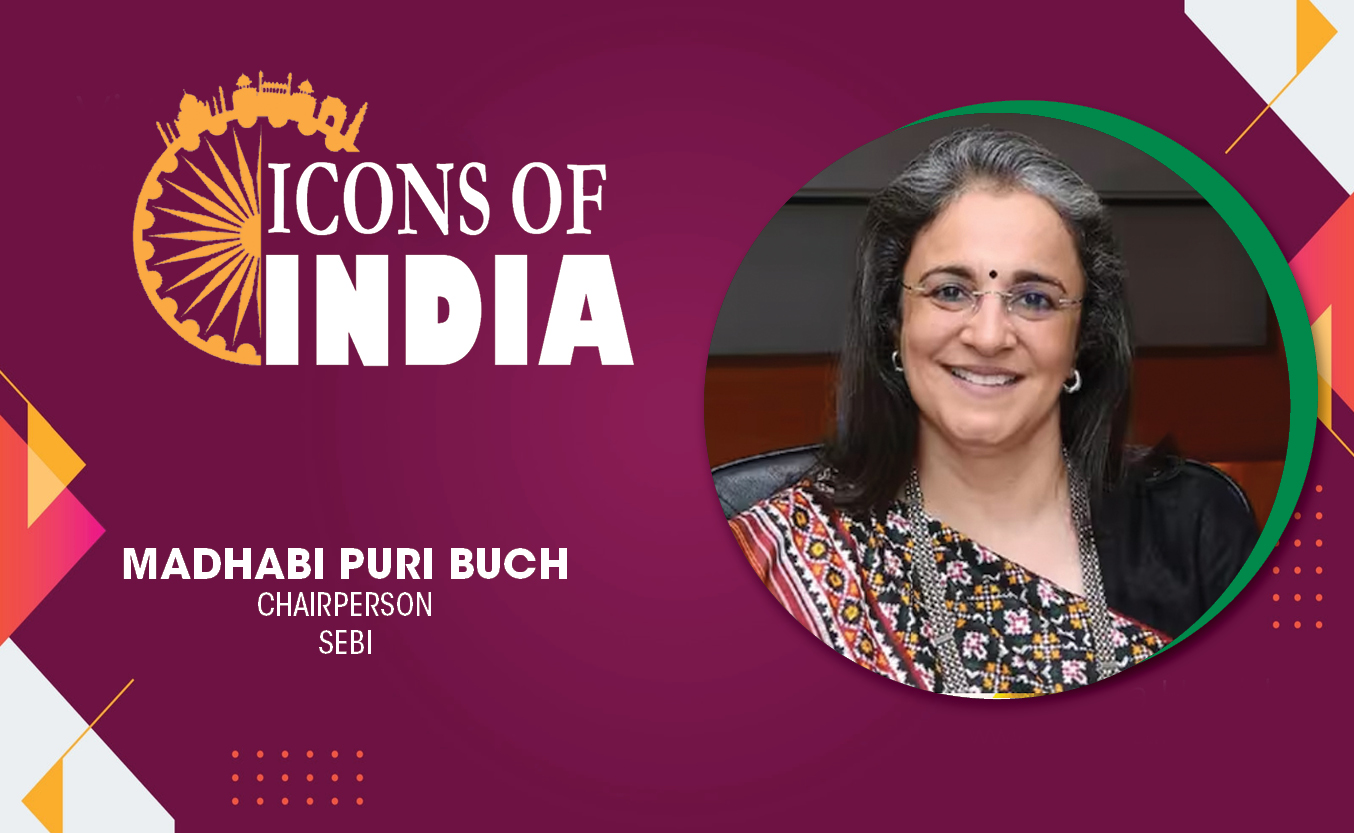
Technology Icons Of India 2023: Madhabi Puri Buch
Madhabi Puri Buch is the chairperson of the securities regulatory body...
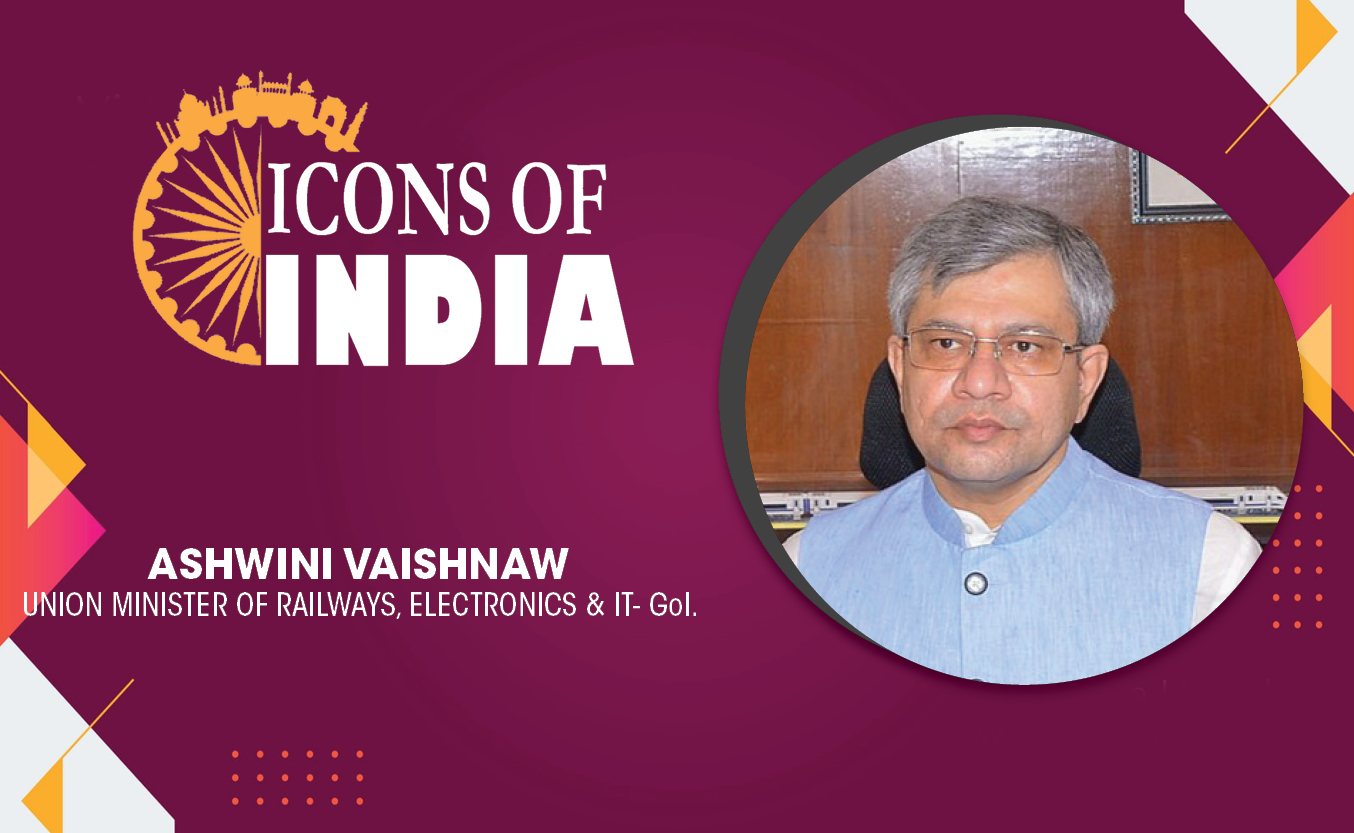
Technology Icons Of India 2023: Ashwini Vaishnaw
Ashwini Vaishnaw is an Indian politician and former IAS officer and is...

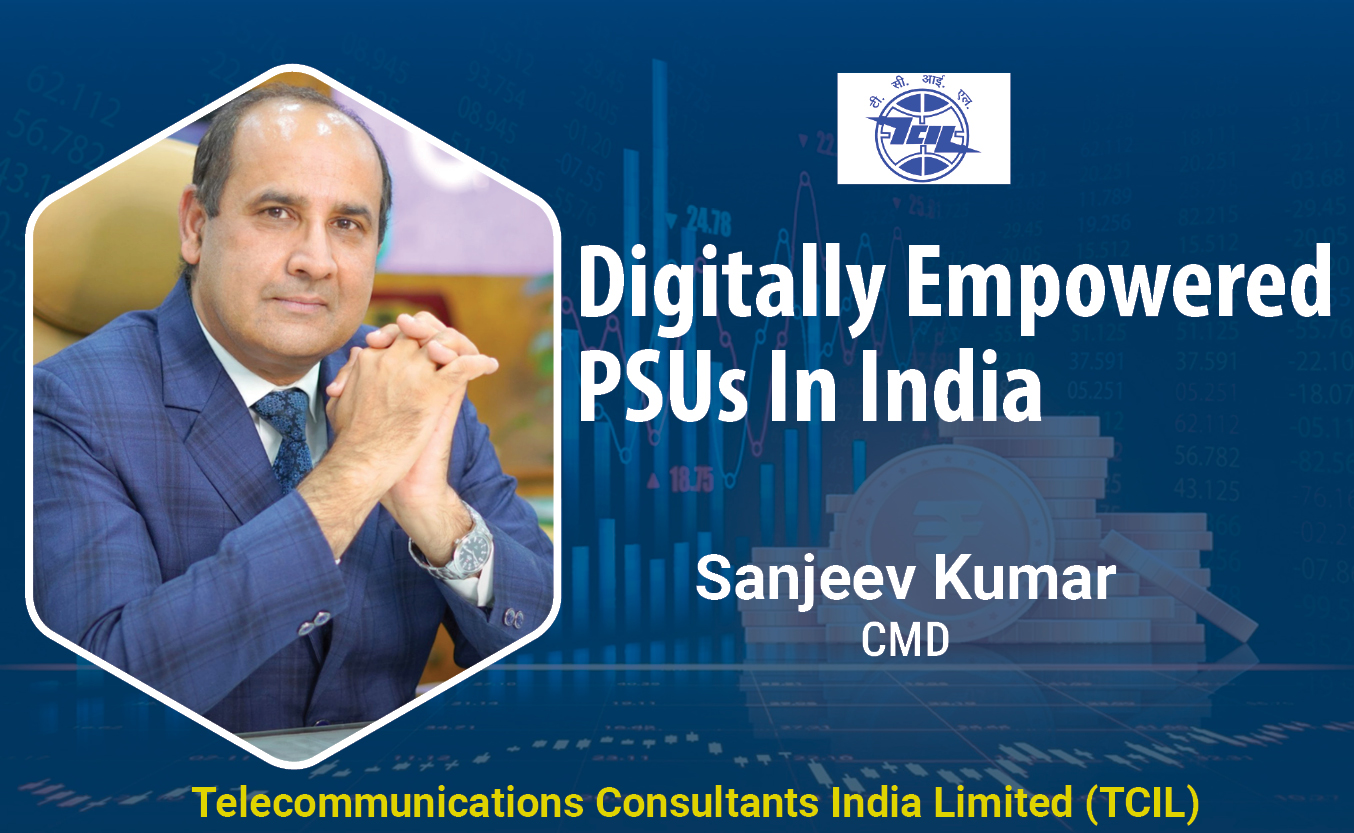
TCIL continues to strengthen India with its technology expertise
TCIL undertakes consultancy & turnkey projects in the field of Telecom...
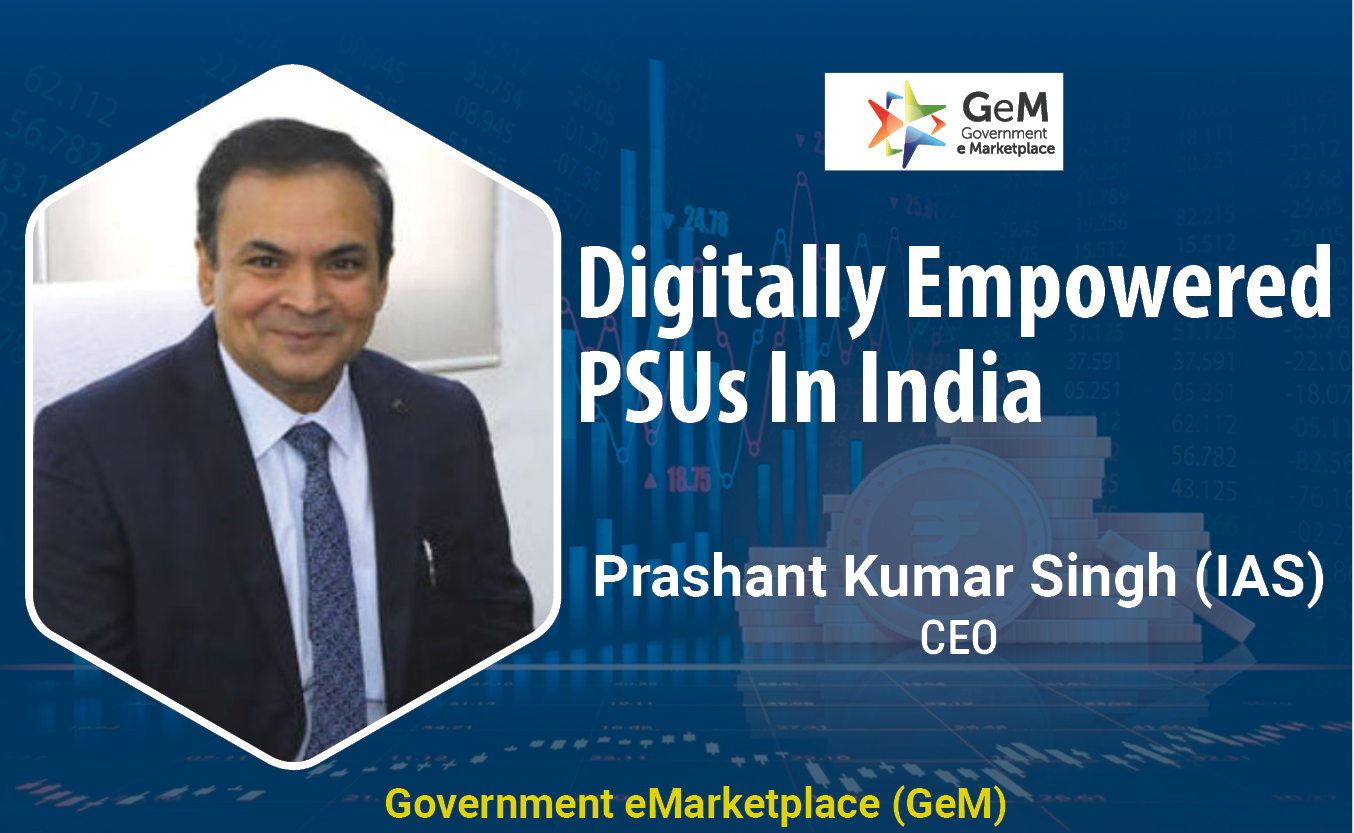
GeM maintains transparency in online procurement of goods & services
Created in a record time of five months, Government eMarketplace is a ...
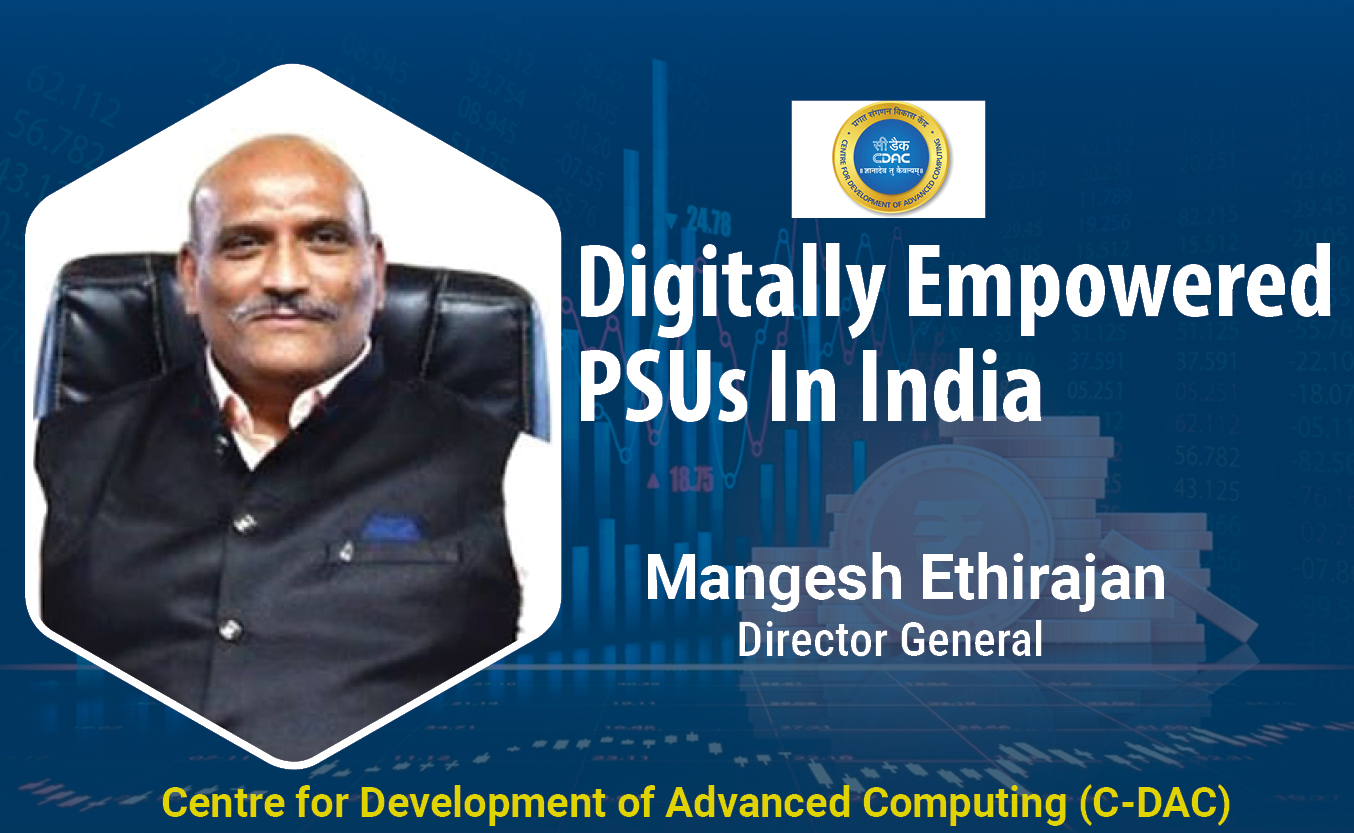
C-DAC keeps India ahead in IT & Electronics R&D space
Centre for Development of Advanced Computing (C-DAC) is the premier R&...

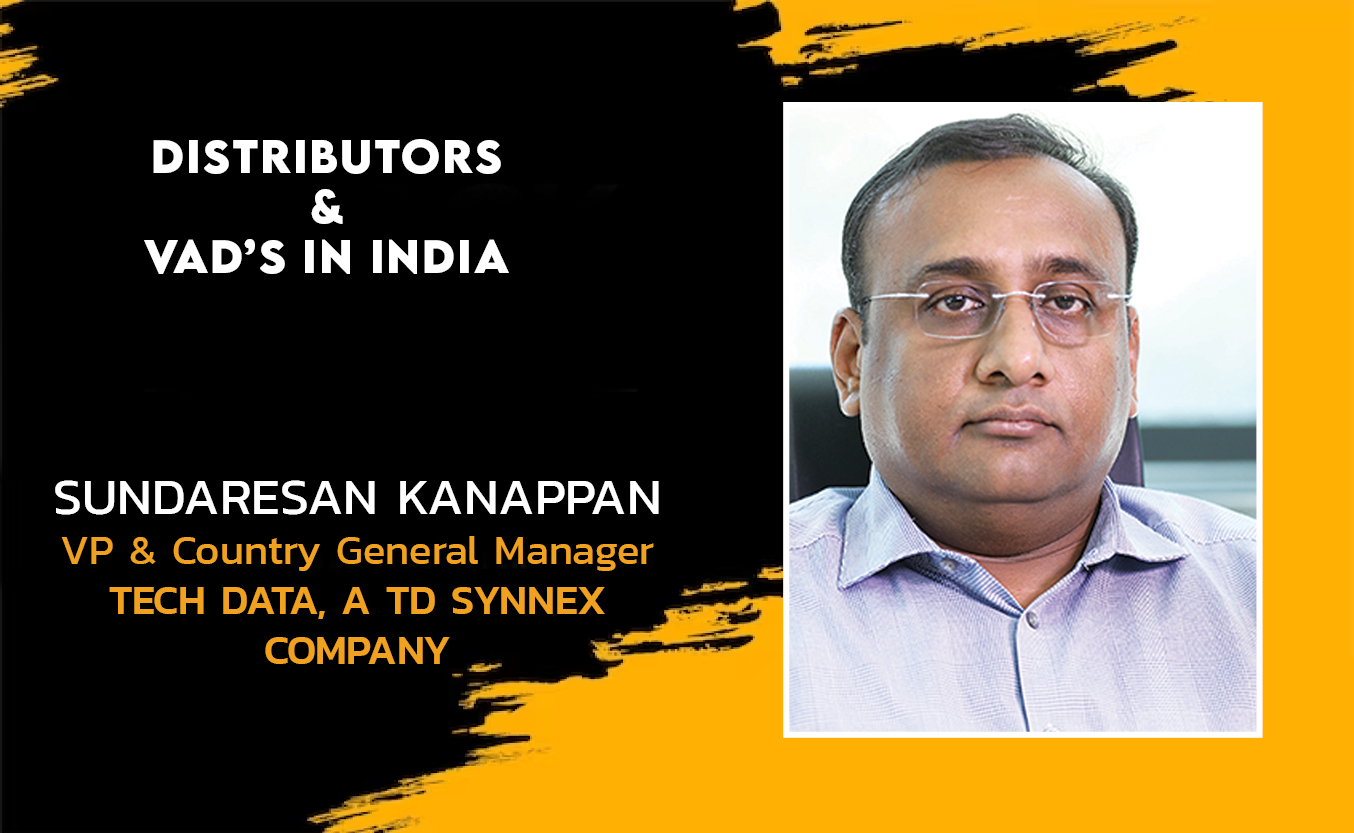
TECH DATA, A TD SYNNEX COMPANY
Tech Data Corporation was an American multinational distribution compa...
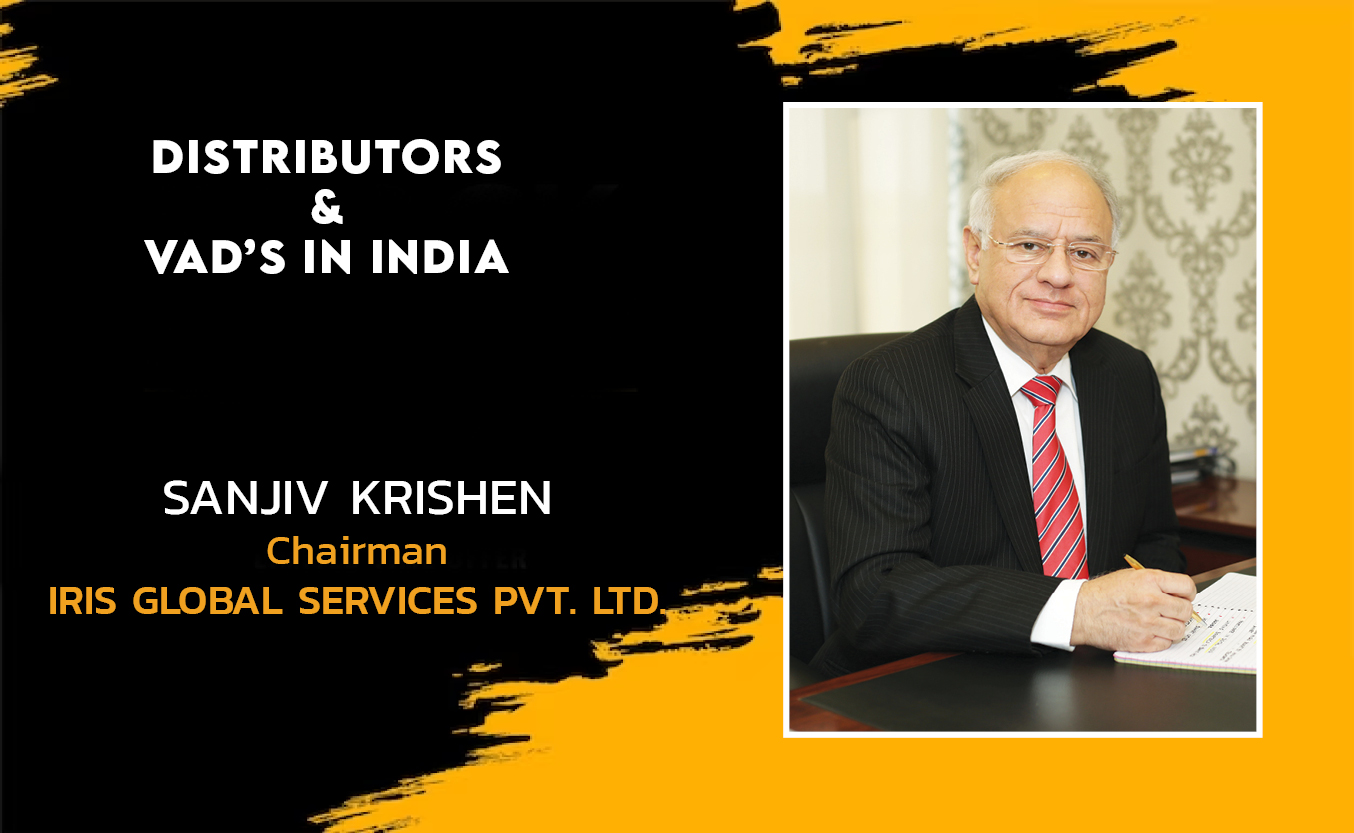
IRIS GLOBAL SERVICES PVT. LTD.
Iris Global services is one of the leading distribution houses that d...
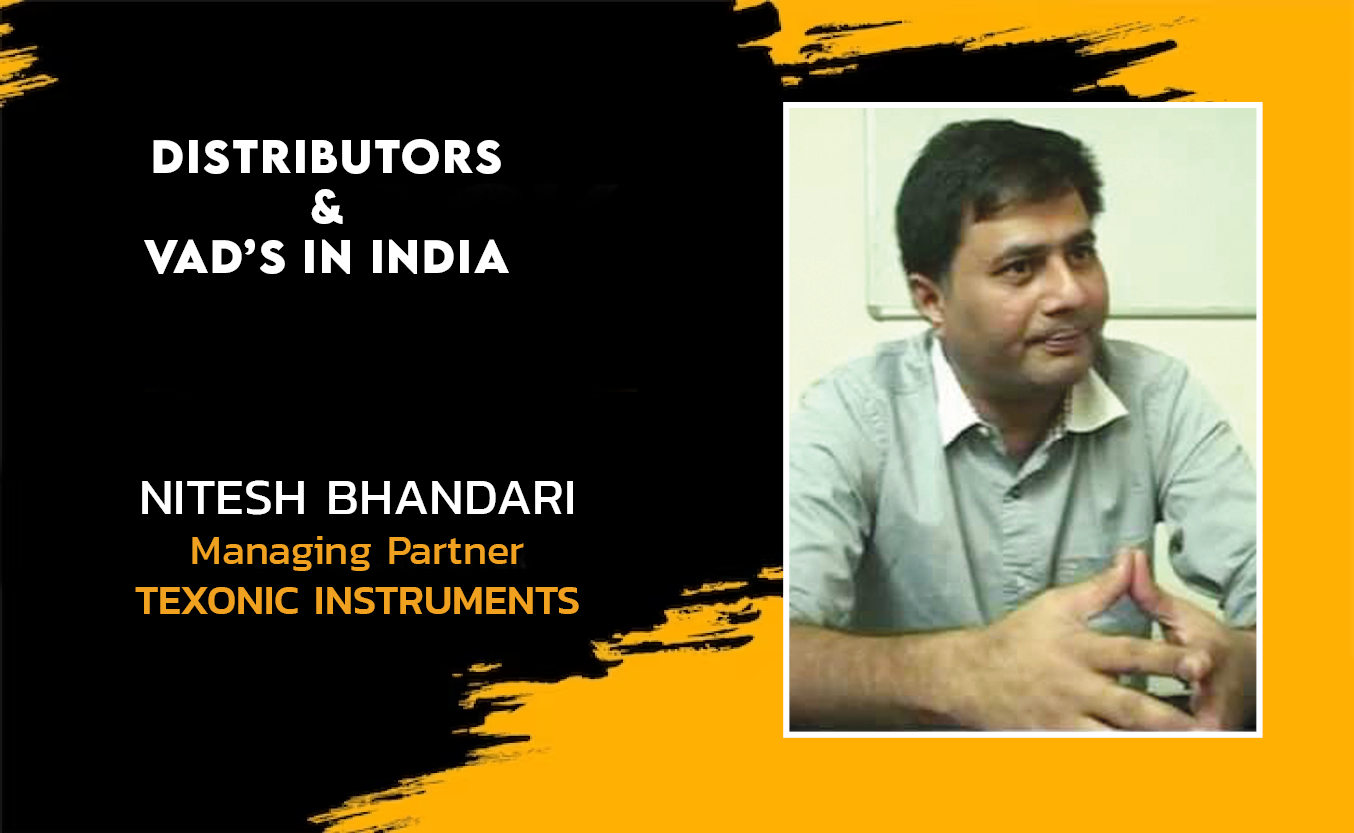
TEXONIC INSTRUMENTS
Texonic has carved a niche for itself in the Technology Distribution i...